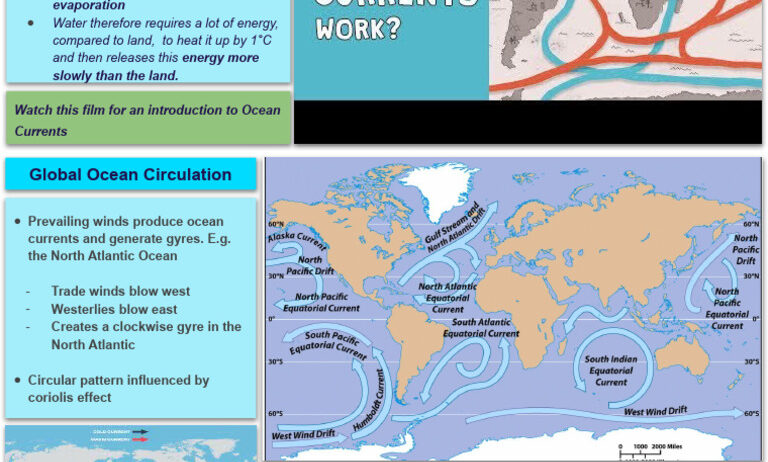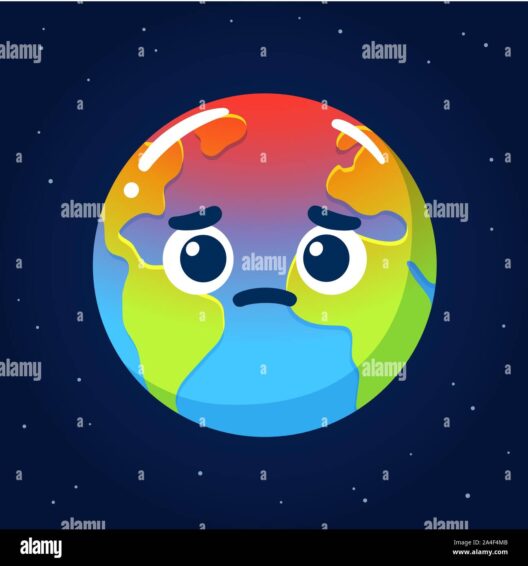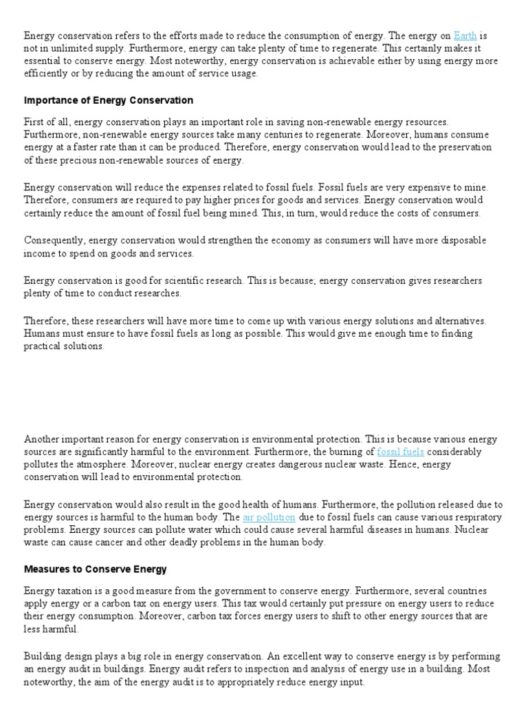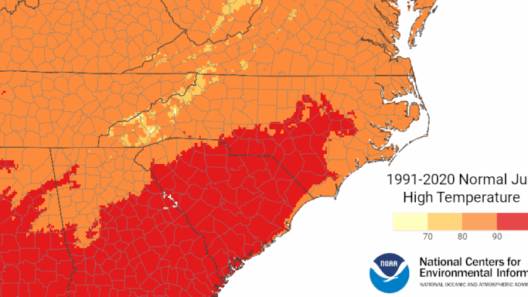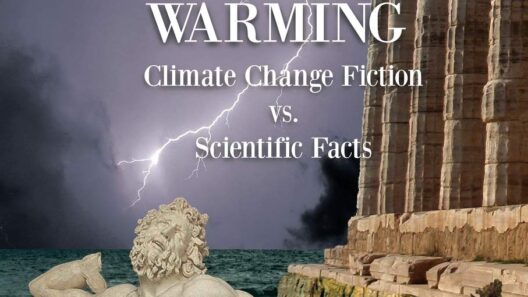Marine biomes encompass vast expanses of saltwater, teeming with life and characterized by unique ecological interactions. They are profoundly influenced by various climatic factors, including ocean currents and overall weather patterns. But what precisely is the climate of a marine biome? Can fluctuations in oceanic currents dictate not only local climates but also the global climate? These questions are particularly significant as we grapple with the effects of climate change on our oceans.
To understand the climate of a marine biome, one must first consider the intricate relationship between ocean currents and climate. Ocean currents are massive flows of seawater driven by wind, temperature differentials, and the Earth’s rotation. These currents can be categorized into surface currents, which are primarily wind-driven, and deep-water currents, influenced by temperature and salinity gradation. It is through these currents that thermal energy is distributed across the planet, significantly impacting climate.
Take the Gulf Stream, for instance. This powerful current transports warm water from the tropics to the North Atlantic, affecting not only local temperatures but also precipitation patterns across Europe and North America. The temperature moderation that the Gulf Stream provides contributes to milder winters in regions that would otherwise experience harsher conditions. Thus, one might ponder: how might the alteration of such currents due to climate change shape the landscapes of weather systems worldwide?
In marine biomes, the interaction between currents and weather extends beyond mere temperature regulation. Ocean currents affect nutrient distribution, influencing marine biodiversity. For example, currents can transport nutrients from deep waters to the surface, enhancing phytoplankton growth, which forms the foundation of the marine food web. When currents weaken or change direction, as observed with phenomena such as El Niño, this can lead to catastrophic effects on marine ecosystems, including coral bleaching and fish population decline.
The climate of marine biomes is not static; it is a dynamic and ever-changing tapestry woven from numerous threads of atmospheric and oceanic interactions. The interface between ocean and atmosphere plays a crucial role in shaping the climate. Evaporation from ocean surfaces leads to humidity in the atmosphere, which in turn influences rainfall and storm systems. Tropical storms and hurricanes, powered by warm ocean waters, further underscore this relationship. When ocean temperatures rise due to climate change, the likelihood and intensity of such storms increase, posing a formidable challenge to coastal ecosystems and communities.
One cannot overlook the impact of climate change on the salinity and temperature of ocean waters. As polar ice melts, freshwater influx into the ocean alters salinity gradients, which can disrupt currents and, consequently, weather patterns. The thermohaline circulation, often referred to as the “global conveyor belt,” relies on the delicate balance of saline and temperature differentials. Its disruption could spell disaster for global weather systems, leading to extremes such as torrential rains in some regions and droughts in others.
The distribution of marine organisms is also subject to the whims of climate variability. As temperatures rise, many marine species are migrating toward cooler waters, often toward the poles or to deeper depths. This shift can lead to a cascading effect on marine ecosystems and human economies reliant on fishing. Will we see new fishing grounds emerge, or will traditional fisheries collapse as species vanish or relocate?
Coral reefs, often termed the “rainforests of the sea,” are some of the most vulnerable ecosystems to ocean warming and acidification. As atmospheric CO2 levels rise, a significant portion is absorbed by the oceans, causing a gradual decrease in pH levels—this phenomenon is known as ocean acidification. Such changes hinder coral calcification, impairing their ability to build and maintain reefs. The loss of coral cover can lead to diminished biodiversity, as countless marine species depend on these habitats for shelter and sustenance. The potential obliteration of coral reefs poses a daunting challenge not only for marine life but also for coastal communities that rely on reefs for protection from storm surges and erosion.
Furthermore, marine biomes serve as a crucial carbon sink, sequestering vast amounts of carbon dioxide and mitigating climate change. However, their ability to absorb carbon diminishes as ocean temperatures rise and ecosystems become stressed. This creates a feedback loop; as marine ecosystems degrade, their capacity to combat climate change weakens, accelerating the very phenomenon we strive to halt.
The interplay between ocean currents, marine biomatics, and climate is multifaceted and profound. As human activities continue to impact our planet, particularly through greenhouse gas emissions, understanding this relationship becomes increasingly critical. Coastal communities and marine industries must adapt to these changes, but will we rise to the occasion before it is too late? As environmental stewards, we face a unique challenge: how to safeguard our oceans while embracing sustainable practices that protect their vital role in our planet’s climate.
In summary, the climate of a marine biome is characterized by its response to ocean currents and weather. The complexity of ocean-atmosphere interactions creates a delicate equilibrium that is increasingly disrupted by climate change. Addressing these challenges requires collective action and innovative solutions to protect and preserve our marine ecosystems for future generations.


